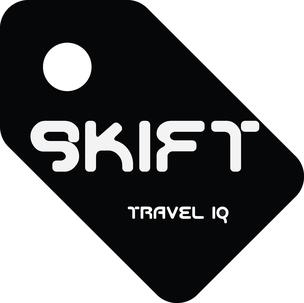Is Data the Salvation of News?
Doubtless by now you’ve heard the buzz around the travel news start-up called Skift. Skift is the brainchild of Rafat Ali, the founder of PaidContent. Skift appears to be a disruptive entry into the B2B travel information market, and seeks to distinguish itself through a fresh style of reportage and eclectic editorial coverage (news of innovative airport design merits the same level of coverage as news about major airlines). Given Rafat’s track record and the fondness these days for all things disruptive, Skift has recently attracted an additional $1 million from investors. Where this gets really interesting is that Skift wants to broadly cover the incredibly huge global travel industry with only a handful of reporters. That means Skift will deliver a mix of original reporting along with licensed and curated content. So where’s the innovation and disruption? The answer, in a word, is data.

Skift’s plan is to deliver most of its news free on an advertising-supported model, but to also offer paid subscriptions (reportedly to range from $500 to $1,000) to give subscribers access to travel data. It’s no surprise then, that Skift is positioning itself as a “competitive intelligence engine.”
Skift may be on to something. I first got interested in the intersection of news and data back in 2007, when I read some fascinating articles written by Mike Orren, the founder of an online newspaper called The Pegasus News. Orren had discovered that despite his focus on hyper-local news, the editorial content that consumers are ostensibly hungering for, fully 75% of those who came to his site were there for some sort of data content. Others in the newspaper industry have also reported similar findings.
In this context Skift seems to have a firm grasp of the new dynamics of the information marketplace: while there is an important role for news, it’s increasingly hard to monetize. That’s why news married to data is a much smarter business model. News provides context and helps with SEO. It can be monetized to some extent through advertising. Data offers premium value that is easily monetized with a subscription model, and the two types of content, intelligently combined, offer a compelling, one-stop proposition to those who need to know what’s going on in a specific market.
This is, of course, a conceptually simple model that not too many legacy news publishers have been able to execute on. That’s because the two types of content are inherently distinctive, from how they are created to how they are sold. Perhaps a disruptive market entrant like Skift will be able to crack the code and produce both types of content successfully itself. Personally, I think the fastest and surest path to success is to build strong partnerships with data publishers.
